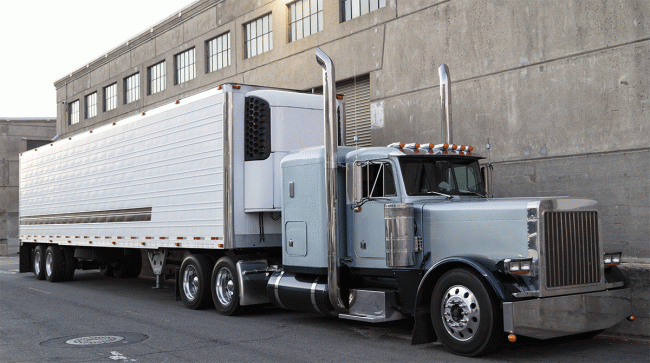Staff Reporter
EPA Ready to Strengthen Southern California Air Rule

[Stay on top of transportation news: Get TTNews in your inbox.]
The U.S. Environmental Protection Agency announced it will approve a “groundbreaking rule” making it able to enforce a Southern California air-quality regulation requiring warehouses to implement zero-emission operations to offset freight-related air pollution from trucks transporting cargo to their businesses.
In a complex regulatory intervention, EPA’s Pacific Southwest Region 9 (which includes California, Arizona and Nevada) is seeking comments through Nov. 13 in a Federal Register notice (Document 88 FR 70616) prior to its Oct. 12 notice to approve and strengthen a South Coast Air Quality Management District rule mandating large warehouses offset pollution from the truck traffic they attract.
The South Coast’s “Warehouse Indirect Source Rule” No. 2305 was developed to reduce air pollution from warehouse operations, including moving sources such as trucks delivering goods to and from the facilities, yard trucks, transport refrigeration units, ships and trains. It also can extend to on-site stationary equipment such as diesel backup generators or manufacturing equipment.
The jurisdiction for Rule 2305 covers large areas of Los Angeles, the Coachella Valley and Orange, Riverside and San Bernardino counties. The regulation also creates a Warehouse Actions and Investments to Reduce Emissions (WAIRE) point system in which warehouses can earn points by completing actions such as investing in zero- and/or near-zero emission technologies such as solar power and on-site electric charging/fueling infrastructure. Other points can be obtained by developing a custom WAIRE plan or paying mitigation fees. By 2025, all warehouses larger than 100,000 square feet will be subject to the rule.

Brogan
Michael Brogan, EPA Region 9 spokesman, confirmed to Transport Topics that EPA is proposing to approve the rule.
“That means that once EPA takes comments and finalizes a decision, if approved as is, the SCAQMD rule will be in the State Implementation Plan [SIP] and federally enforceable, bearing in mind that most of the enforcement will be done by SCAQMD. SIPs are generally enforced by the state,” Brogan said. “However, the EPA is authorized to take enforcement action against violators for federally approved SIPs. Members of the public can also file citizen suits under the Clean Air Act to address violations of SIPs.”
EPA’s federal notice stated that although it cannot tie the proposed rule’s enforcement with lowering a specific amount of emissions, the agency has determined such a regulation in California can achieve additional emission reductions and plans to approve it even though there are some provisions of the South Coast rule that EPA concludes lack 100% enforceability.
EPA proposes to find that the South Coast district has the authority to implement and enforce Rule 2305 without any state or federal legal prohibitions. It has determined “that Rule 2305 is SIP-strengthening and proposes to approve it on this basis.”
Although the rule would only be enforceable by EPA in the South Coast jurisdiction, this type of federal rubber-stamping and enforceability of a local regulation could be used as a model for other parts of the nation.
Brogan said the California Air Resources Board adopted the rule as part of the SIP and then submitted the rule to EPA for approval as a SIP revision.
“If a SIP has been approved by a state but not yet approved by the EPA, then it is only state-enforceable and not federally enforceable until approved by the EPA,” he added. “The Clean Air Act requires the EPA to review and approve all SIPs that meet the requirements of the act. Opportunities for public comment are available during the review and approval process for each SIP.”
Want more news? Listen to today's daily briefing below or go here for more info:

